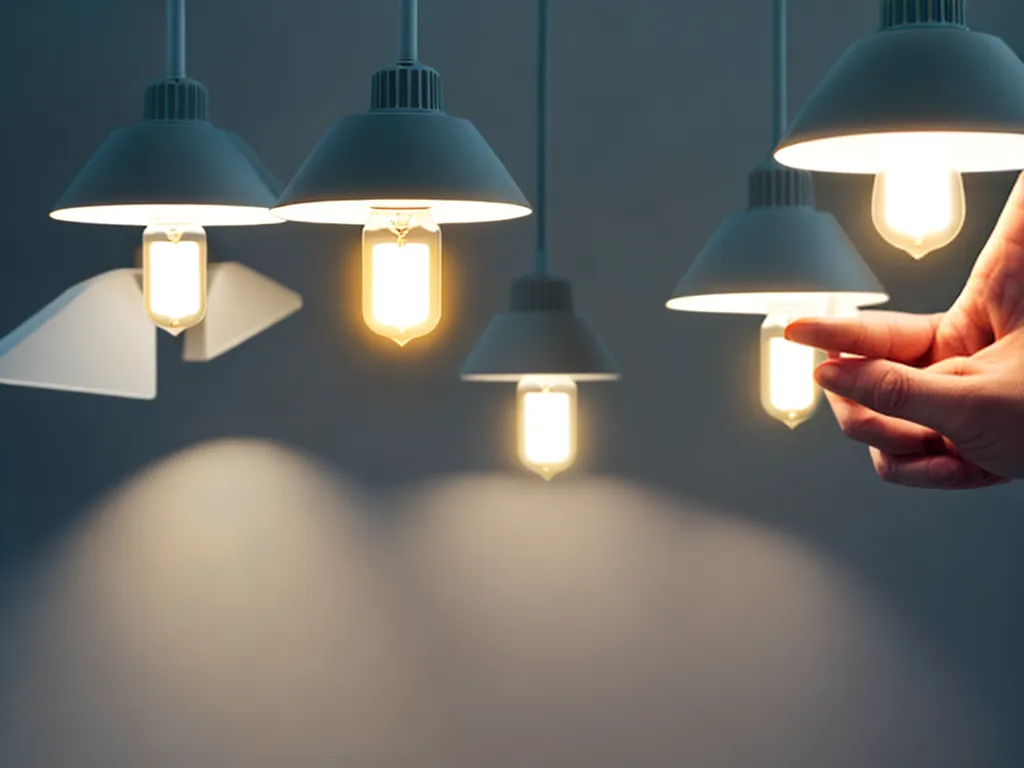
How to Save on Your Business's Energy Costs With Smart Lighting
Introduction
Reducing energy costs is an important way for businesses to save money and become more sustainable. Lighting can account for up to 40% of a business's electricity usage, so upgrading to smart, energy-efficient lighting is one of the best ways to lower energy bills. In this article, I will provide an in-depth look at how smart lighting can reduce your business's energy costs.
Evaluate Your Current Lighting Setup
The first step is to take a close look at your existing lighting to identify opportunities for efficiency upgrades.
Assess the Types of Lighting Fixtures
-
Make a list of all lighting fixtures in your facility. Note the number, type (e.g. incandescent, CFL, LED), wattage, and estimated hours of use for each. This will give you a baseline to understand where most of your lighting energy is being used.
-
Pay particular attention to inefficient incandescent and older CFL bulbs, as replacing these with LEDs can realize huge energy savings.
Consider Lighting Controls
-
Note which lights are manually turned on/off versus using timers, occupancy sensors, and daylighting controls. Lack of controls can lead to lights being on even when not needed.
-
Automated controls like motion sensors and daylight harvesting allow lights to dim or turn off when not in use, optimizing energy efficiency.
Identify Areas of Excessive Lighting
-
Look for areas that seem brighter than necessary. Overlighting wastes energy and can be reduced by dimming or removing fixtures.
-
Conference rooms, hallways, and entryways are common areas of overlighting that offer easy efficiency wins.
Upgrade to Smart LED Lighting
Once you've assessed your current lighting situation, it's time to upgrade outdated bulbs and fixtures to energy-efficient LEDs.
Install LED Bulbs
-
Replacing incandescent or CFL bulbs with LEDs can reduce lighting energy use by 50-75%. They last 25x longer than incandescents, cutting maintenance costs too.
-
Prioritize areas of excessive use like manufacturing floors, warehouses, and illuminated signs.
Consider Smart Options
-
Choose smart LEDs that can automatically dim based on occupancy and daylight or integrate with smart building controls.
-
Options like tunable LEDs allow adjusting color temperature to boost employee productivity and focus.
Switch to LED Fixtures
-
For greater efficiency, replace entire outdated fixtures like fluorescents instead of just the bulbs.
-
LED fixtures incorporate advanced optics to distribute light more efficiently with less energy.
Take Advantage of Rebates and Tax Incentives
- Check for utility company rebates and federal/state tax incentives to offset the upfront cost of efficient LED upgrades. The long-term savings are substantial.
Implement Advanced Lighting Controls
With smart LEDs installed, advanced controls take optimization even further by automating lighting based on usage and environmental conditions.
Install Occupancy Sensors
- Occupancy sensors automatically turn lights on when motion is detected and off after an area is vacant for a set time. Great for sporadically used spaces.
Use High-End Daylight Harvesting
- Photocells and automated daylight dimming reduces artificial light when ample natural light is available, saving energy.
Centralize Control with Smart Building Platforms
- A building automation system allows centralized control over all lighting based on occupancy and schedules. This creates the ultimate in efficiency and convenience.
Consider Zonal Control Options
- For large spaces, divide lighting into zones with controls to provide light only where and when it's needed. Turn off unused zones.
Maintain Lighting Efficiency Over Time
To sustain lower energy costs long-term, it's essential to maintain optimal lighting efficiency through ongoing maintenance and management.
Clean Fixtures and Replace Old Bulbs
- Build regular cleaning and scheduled bulb replacement into maintenance plans. This sustains lighting quality and efficiency.
Review Usage and Trends
- Monitor building analytics to identity anomalies and opportunities to adjust lighting schedules for improved efficiency.
Keep Up with Evolving Technology
- As lighting technology continues advancing, keep up-to-date to take advantage of new innovations in efficiency and functionality.
Involve Staff in Identifying Waste
- Encourage staff to identify unnecessary lighting. This creates engagement in energy reduction efforts.
Conclusion
Upgrading to smart, energy-efficient LED lighting coupled with advanced automated controls can reduce a business's lighting energy usage and costs by 50% or more. Following best practices for maintenance and management will sustain these long-term savings and productivity benefits. Evaluating your current lighting situation is the first step to develop a smart lighting strategy that provides maximum efficiency and cost-savings over the long haul.